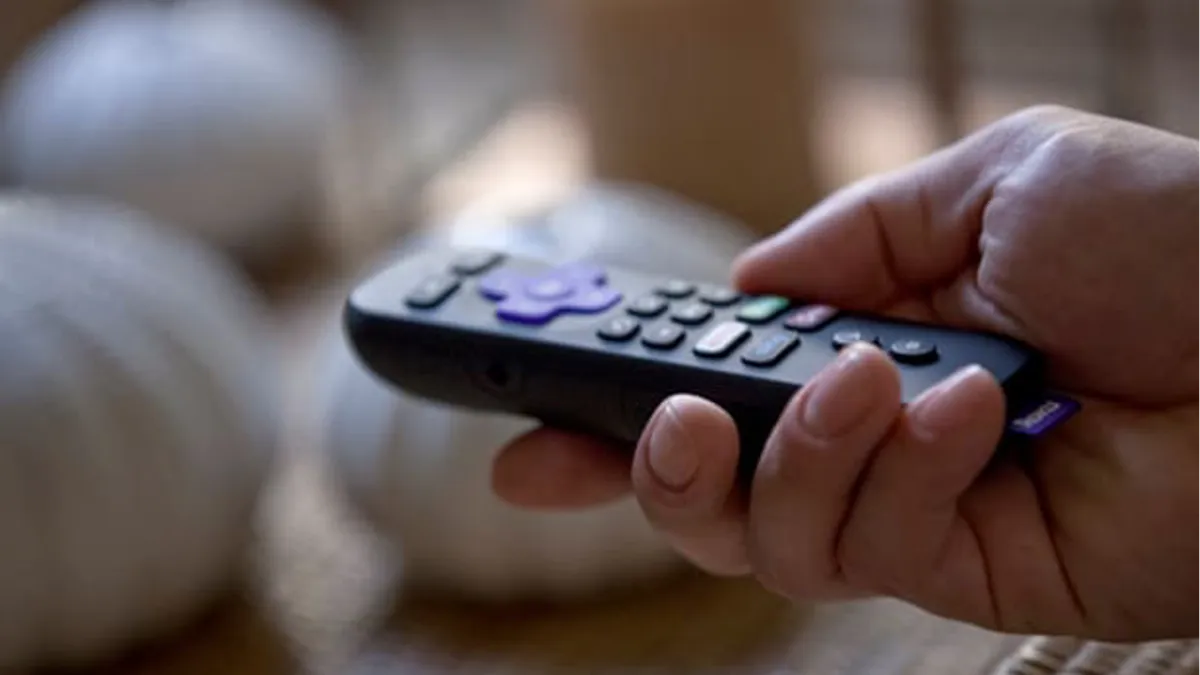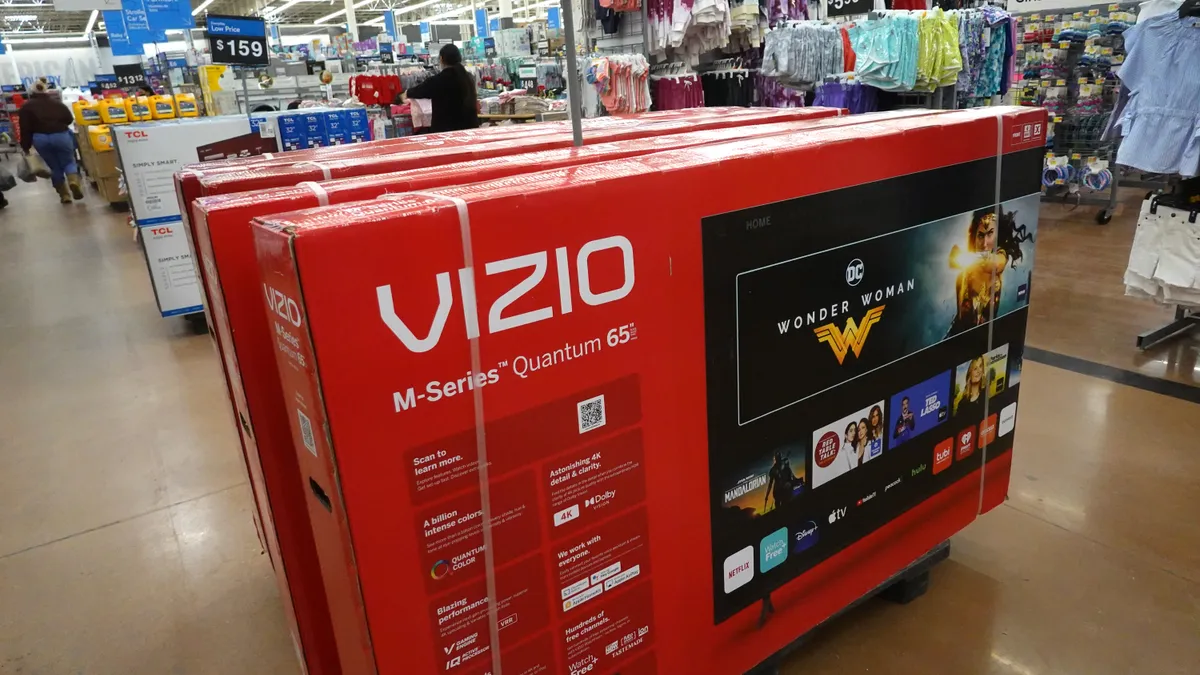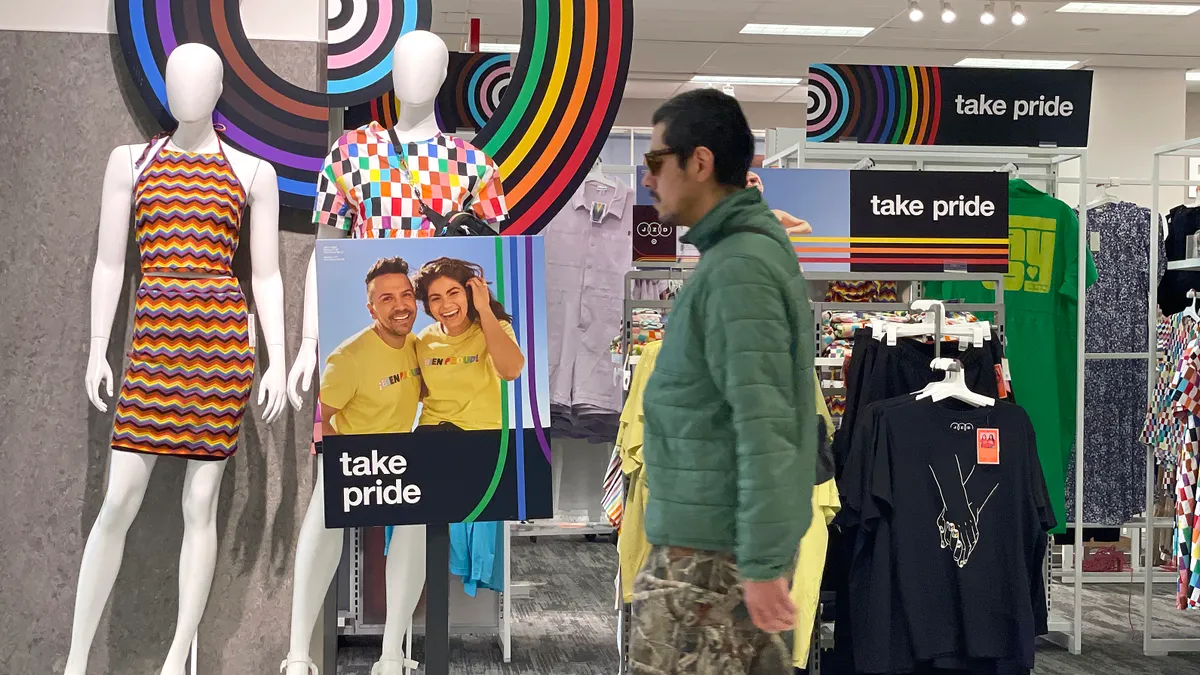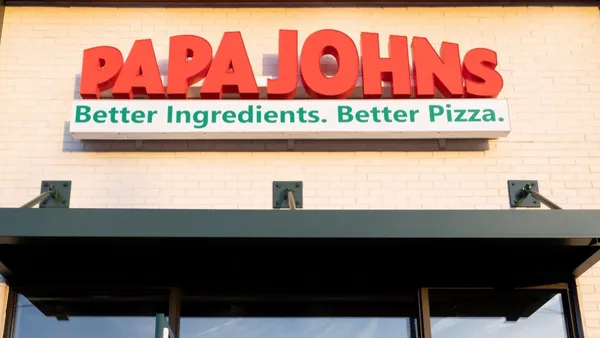Dive Brief:
- Marketers must grapple with climbing consumer aversion to advertising even as the larger digital market continues to see a healthy rebound, according to a new report by the Interactive Advertising Bureau (IAB) and PwC. The "IAB Outlook: 2022 Digital Ad Ecosystem" research, which was sponsored by Amazon Ads, DoubleVerify, Rakuten and Taboola, examines three areas: consumer expectations, regulatory reforms and talent and diversity and inclusion issues.
- Impatience with ads is particularly acute in digital video, one of the most promising formats for growth. Ad-free and ad-light media platforms have continued to take hold during the pandemic, resetting expectations. Four times as many consumers prefer efficiency in ads (60%) compared to those who value messages that are "fun" or focused on brand image (15%), per the research.
- The IAB recommended marketers prioritize utility, including reducing the number of clicks and accelerating the adoption of shoppable formats that can provide a more holistic experience. Switching up strategies could be more imperative as the deprecation of cookies in 2023 and changes to mobile identifiers make it harder to target internet users in the traditional fashion.
Dive Insight:
The IAB and PwC's findings indicate that poor ad experiences could be a more significant risk to brands than regulatory considerations in the near term, though those also present a steep challenge that marketing organizations must contend with in the months ahead.
A key friction is emerging where consumers continue to flock to ad-free or ad-light environments while brands have not optimized strategies for those platforms, leading to increased ad loads and greater irrelevance. Frequency capping has been a well-known problem for connected TV (CTV), for instance, even as growth for the channel skyrockets. Marketers boosted their CTV spending last year 22% to an average of $19.97 million, with around three-quarters of CTV buyers reporting they shifted media dollars from broadcast and cable TV, the IAB found in a previous report.
Failing to account for changing consumer tastes could hinder a digital advertising market that's forecast by the IAB and PwC to reach $153.16 billion in revenue this year and $200 billion by 2025. U.S. internet advertising jumped 12.2% year-on-year to reach $139.8 billion in revenue last year, but the IAB cautioned that the regular double-digit gains for the category will be in peril if the industry doesn't make necessary improvements.
"[Consumers] want us to re-focus on their needs, reimagine ad formats, and reinvent what advertising can be," David Cohen, CEO of the IAB, said in a press statement. "The next creative revolution needs to be about utility, not just cleverness."
The paper warned against a "lift and shift" approach where a 30-second ad for linear TV is paired down to 6 seconds and expected to carry the same impact with digital viewers. At the same time, the content of marketing messages needs to be rejiggered.
In PwC's consumer surveys, respondents valued ads that communicated convenience, knowledgeable and friendly service and efficiency in the greatest numbers. Messages centered on fun, brand image and social responsibility saw considerably less favor, but remain some of the dominant tactics deployed in campaigns today.
"The data is a clarion call to accelerate shoppable and other formats that will allow the consumer to experience, explore, query and purchase," Sue Hogan, senior vice president of research and analytics at the IAB, said in a press statement.
"Advertisers and their agencies would be wise to look at the innovations in publishing that focus on anticipating consumer needs and shrinking the number of clicks to provide what consumers want," she added. "Digital advertising needs that same kind of intent and reinvention to thrive — or risk losing scale."













